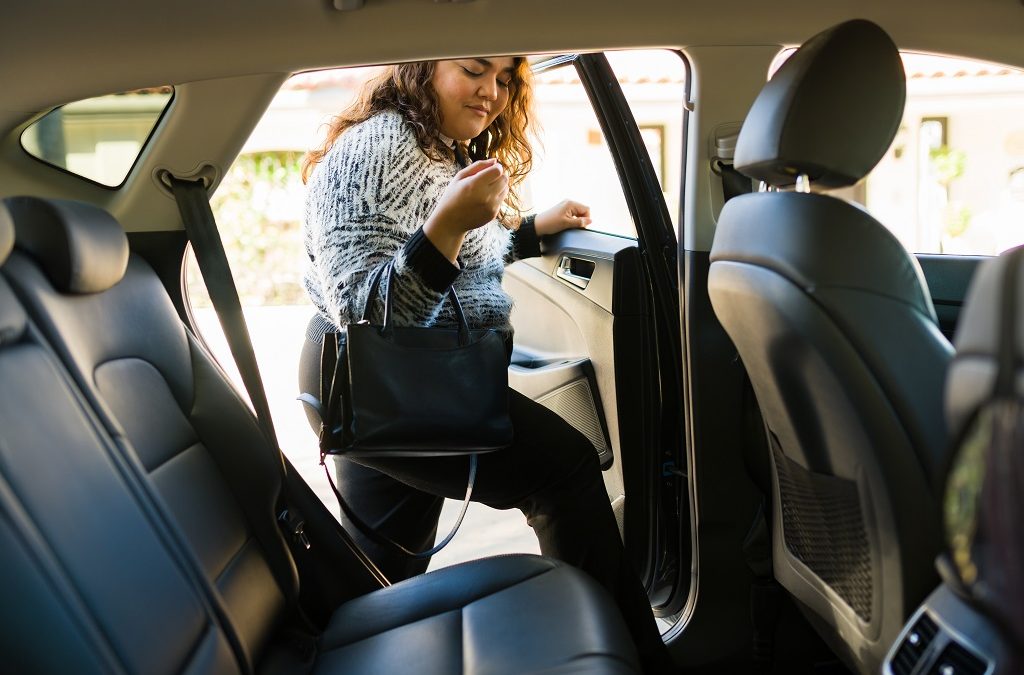How and why do zero-car households seek car access? We used a national online survey of 830 American adults and interviews with twenty-nine low- and moderate-income travelers about their car access behaviors to answer this question.


How and why do zero-car households seek car access? We used a national online survey of 830 American adults and interviews with twenty-nine low- and moderate-income travelers about their car access behaviors to answer this question.
Objective While fatal crashes are available through the Fatality Analysis Reporting System (FARS) and are readily available to the public, many states do not make their crash data easily accessible for the public and the research community. The public has an interest...
Through this research, NJ TRANSIT sought to understand how women and members of the lesbian, gay, bisexual, transgender, queer plus community, sometimes referred to as sexual and gender minorities (SGMs) travel on NJ TRANSIT so the agency can provide better...
Recent advances in biometric sensing technologies, such as eye tracking, heart rate trackers, and galvanic skin response (GSR) sensors, offer new opportunities to measure pedestrian stress level and their travel experiences in real-time. Uncertainty remains about...
Background Increasing evidence positively links greenspace and physical activity (PA). However, most studies use measures of greenspace, such as satellite-based vegetation indices around the residence, which fail to capture ground-level views and day-to-day dynamic...